How to Use the insert Key function if its not on your keyboard?
The Insert key is commonly found on most keyboards for computers. It is mostly used to toggle between the overwrite and Insert mode in different text editors. Another use for the Insert key is the Copy and Paste functions. It is still used in some applications and programming tools. There are some rare cases where you will not have the Insert key available on your keyboard or it may not be functioning well. In this article, we will show you methods through which you can still access the Insert key if you don’t have it on your keyboard.

Some of the major functions of the Insert key are not useful anymore as they were in the past. However, the copy (Ctrl+Insert) and paste (Shift+Insert) shortcuts are still in effect in Windows and Linux. Any other application-related shortcuts (for Insert key) really depend on the type of the application and the hotkeys for it.
Method 1: Using the Numpad Keys
If you have a Numpad on your keyboard, then you can use that to press the Insert key. Numpad keys also work as the Cursor Control keys. If Num Lock is turned ON, it will work simply as the Number keys. However, if Num Lock is turned OFF, then they will work as the Cursor Control keys. If Num Lock is ON, but Shift is pressed, then the system temporarily releases Shift and acts as though Num Lock is ON.
- First, make sure that your Num Lock is turned OFF.
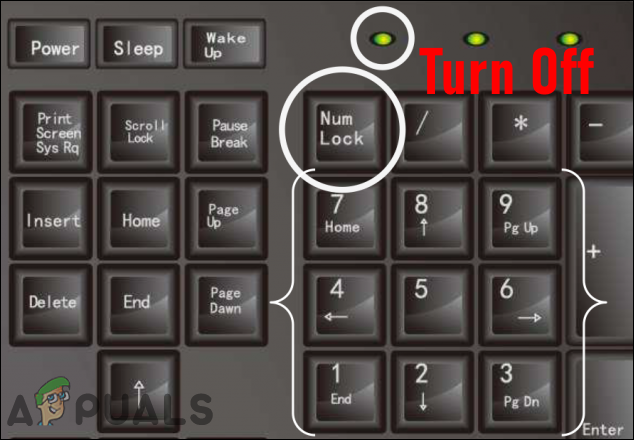
Turn OFF the NumLock - Now click on the 0 key at the bottom of the Numpad. The Numpad-0 key will function as the Insert key.
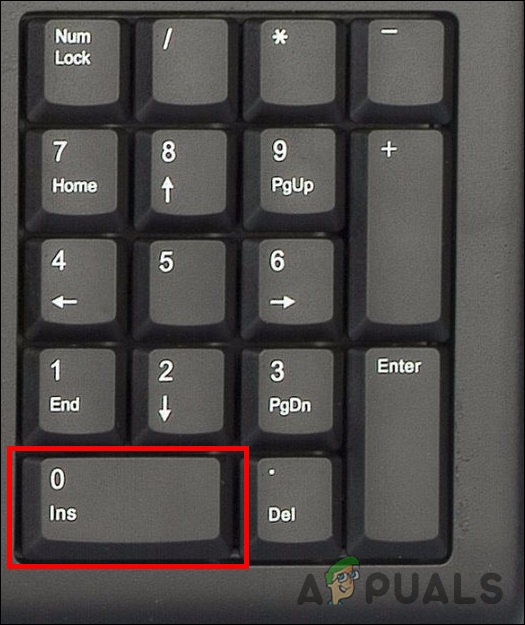
Using Numpad-0 as Insert key - You can also use the Shift key to act as a temporary toggle when the Num Lock is ON. Pressing Shift + Numpad-0 will act as an Insert key when Num Lock is ON.
Method 2: Using the Windows On-Screen Keyboard
Whenever you have issues with keyboard keys, you can use the On-Screen Keyboard to work around it. It is a software-based keyboard that comes with the Microsoft operating system. The On-Screen Keyboard can be used to type text using the joystick, mouse, or a touchscreen interface. It will have all the keys that a keyboard should have. You can easily find the Insert key on the On-Screen keyboard.
- Search for the On-Screen Keyboard by using the Windows search feature. Click on the On-Screen Keyboard to open it.
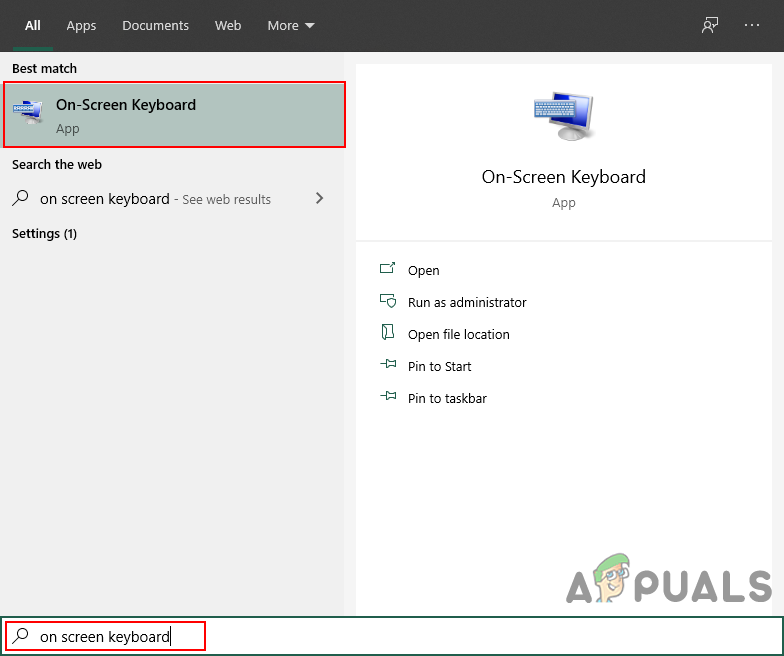
Opening the OSK - Now you can select the window or area where you wanted to use the Insert key. Then, simply move the mouse over the Insert key in the On-Screen Keyboard and click on it.

Using Insert key through OSK - You can also click on the Options button to configure the settings for the On-Screen Keyboard.
Method 3: Remapping the Insert Key through AutoHotkey
You can remap the Insert key by using the AutoHotkey application. If you are missing the Insert key or it’s not functioning correctly, then you can remap the Insert key to any key or key combination. However, make sure you use the key-combination that is not already in use. Some of the applications have the key-combinations that you may not be aware of. In the below steps, we are using the key-combination as an example, you can use your own key-combination for binding the Insert key:
- Open the browser and go to the AutoHotkey site. Click on the Download button and then click on the Download Current Version. You can install the application by following the installation instructions.
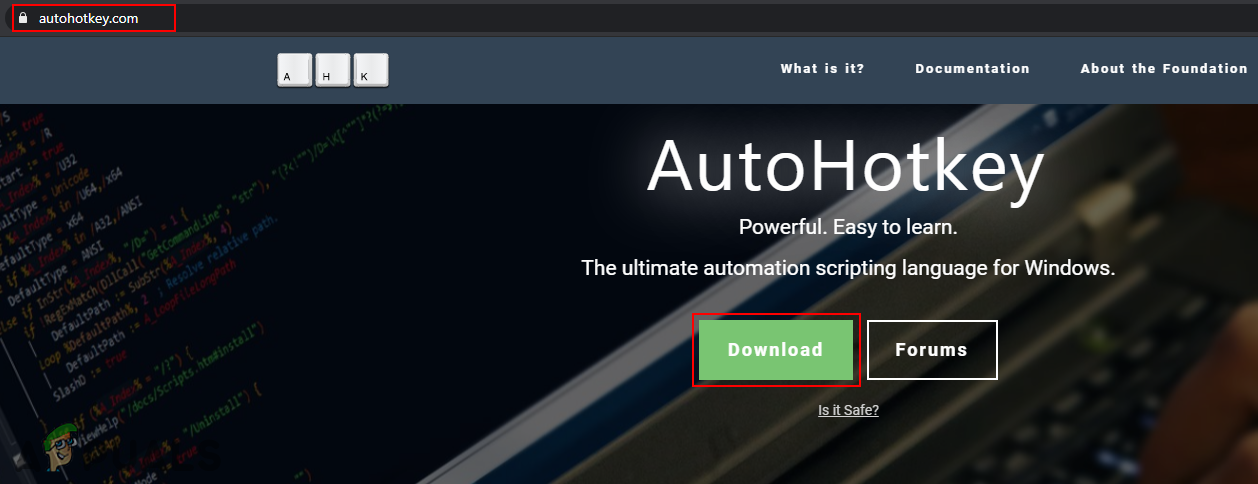
Downloading AutoHotkey application - You can open the AutoHotkey app after installation or search it through the Windows search feature to check the tutorials and information.
- For Hotkey, you need to right-click on the Desktop and choose the New > AutoHotkey Script option. Name the new script and save it.
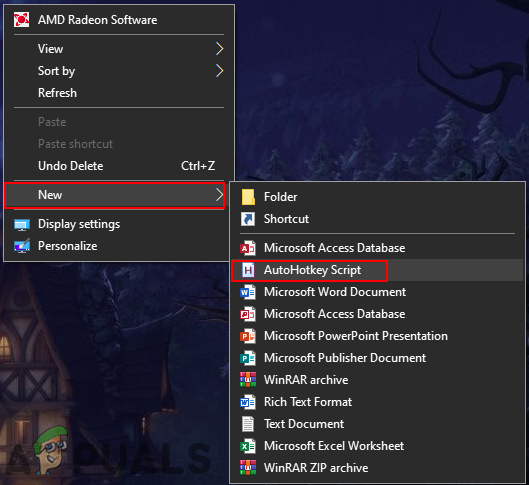
Creating a new AutoHotkey script - Right-click on the Script file and choose the Edit Script option in the context menu.
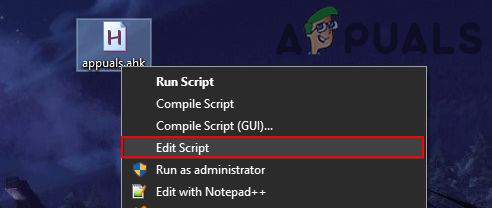
Editing the script file Note: You can also open notepad and save the file as “appuals.ahk” while selecting all files format. The .ahk is the extension for the AutoHotkey scripts.
- It will open in a Notepad, then you can type the hotkey command for Insert.
^!i::Insert
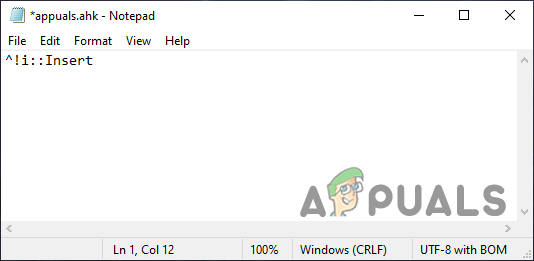
Remapping the Insert key Note: ^ means Ctrl, ! is for Alt, and i is the i key on your keyboard. Ctrl+Alt+i will be the key combination for the Insert key. You can check the Keylist for all the keys on their site.
- You need to run this hotkey script so that specific key-combination will work as the Insert key.




